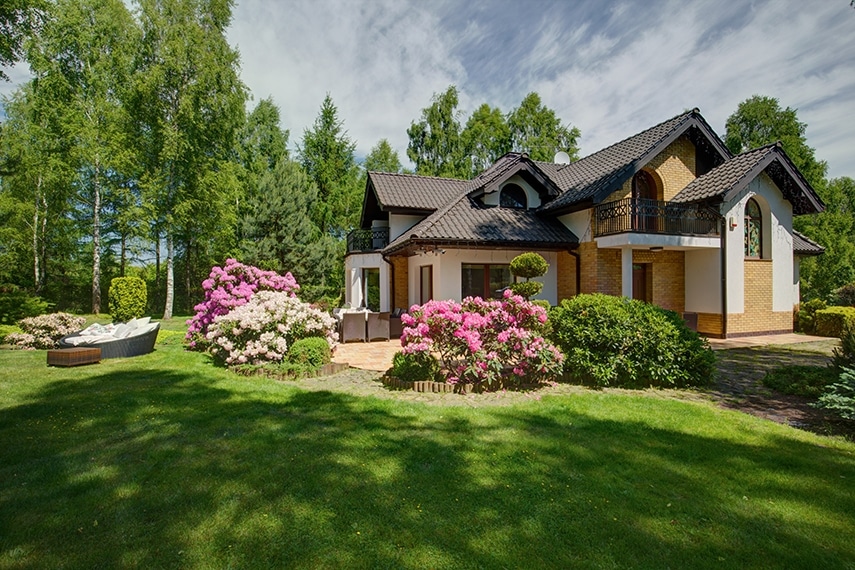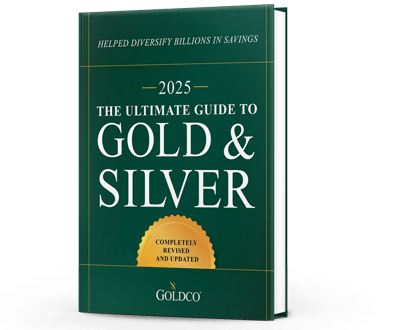3 Easy Steps to Roll Over Your TSP Into an IRA
Over 70 million Americans today have 401(k) accounts, making them one of the most popular types of retirement accounts Federal employees don’t have 401(k) accounts, but instead have the Thrift...
Precious Metals

You aren’t going to want to hear this, but you’ll be glad you know it.
If you were going to design a poor quality asset, a really, really bad one, it wouldn’t be that hard. First, you’d construct a high barrier to entry, like a down payment of ten or twenty percent. If you’re the seller of this ridiculously bad asset, the entry barrier is also an opportunity to extract a higher price from people who don’t have the cash for a down payment by making them pay a premium both on the asset price and financing. That’s a double bonus for you, plus those customers are locked in at peak market prices, which will pay off for you over the entire life of the sale. There’s a name for that kind of business; we call it subprime lending. Perhaps that term rings a bell.
Next we’ll need to make sure this bad asset does not appreciate in value because you want to keep the suckers buying into your game on a string as long as possible. To do that you’d construct the asset as cheaply as possible. The cheap construction pads your margin on the front end, although that means the buyer will have to pay more for maintenance. Luckily, that’s not your problem because the contract makes the buyer responsible for maintenance, taxes and insurance to insure the value of your investment. All you have to do is collect the money and that’s so easy you can outsource that task to the low bidder because you’re not responsible if the money collector does a bad job handling customer payments. Sweet!
You’ll also want to make that asset hard to sell. In finance we call that an “illiquid” asset, which means turning that asset into cash is difficult, costly and time-consuming. Remember, you make a lot of money off people buying into your game, so you want to make it as difficult as possible to get out.
If you haven’t figured it out, this horrible asset is an owner-occupied home. A house, for most people, is the poorest quality asset that they’ll ever purchase. But even though it’s a poor asset, it’s still the most common and, for many, the only hard asset they own. An owner-occupied home is such a bad investment that, in any other market, the SEC would shut it down. The banks that sell this dreadful asset know that you have to live somewhere and, over the years, have figured out how to make it more painful. That’s why, when it comes to buying a home, the deck is stacked against you from the beginning.
Let’s compare an owner-occupied home to another hard asset, like investment-grade silver and gold. The first big difference is that high quality gold and silver coins are very liquid, so it’s easy to turn them into cash. It’s also fairly straightforward to buy and sell your gold and silver assets. When it’s time to sell, you can even shop different buyers to get the best price. You don’t need an agent or a closing attorney to sell your gold and there are no government records of the transaction.
Another advantage of physical gold and silver as a hard asset is that there are no maintenance costs other than storage. Many people choose to store their gold and silver in a high quality safe at home, so the only cost is the one-time expense of buying the safe—something you should own already to store valuables in case of disaster. Investors who own a lot of gold and silver might choose to store it at a secure storage facility that provides auditing, insurance and can handle the buying and selling your gold and silver for a small fee. Those fees, called ancillary costs, are fixed and you don’t pay taxes on your gold and silver inventory every year the same way you pay property taxes on a house.
Overall, gold and silver coins are a much higher quality hard asset than an owner-occupied home. If you want to invest in real estate, then you have to step up to multi-family units or commercial properties. Those are called income producing properties and they are a vastly different investment than an owner-occupied home. It’s also a lot more work owning and managing income producing property profitably.
The majority of people are fooling themselves that the only hard asset they own is a thing of value. Housing, the roof over your head, is an expense, not an investment. The high ancillary costs, taxes, insurance and the illiquid nature of an owner-occupied home make housing such a bad deal that it goes a long way in explaining why most people who work hard all their lives are still just scraping by. I’m not saying “Don’t own your own home.” There’s a reason it’s traditionally been the American Dream. I’m just saying dream with your eyes open, and use a multitude of strategies to achieve your finals goals in life.

